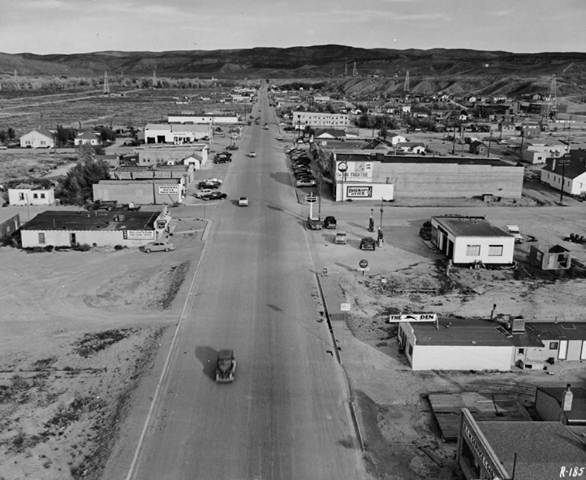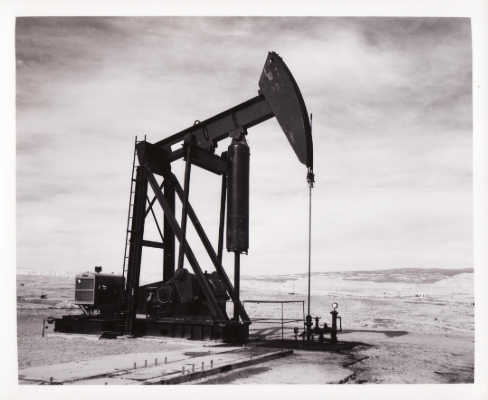History


A shallow sea encompassed most of the area around Rangely 300 million years ago in what is labeled as the Pennsylvania and Permian geologic periods. Huge dunes were formed on the edges of this sea and became porous rock that is now known as the Weber formation. This formed what is called an “anticline” and the formation contains a notable source of oil that established Rangely as a town and is what it is known for. The reservoir of oil is from 100 to 950 feet thick at the center of the anticline.
Much later, more recent in our history, were the Fremont people who came to the area between 400 B.C. - 650 A.D.. While there are indications of civilizations and people before this time period, nothing has been proven. Evidence of the Fremont people is plentiful; for example, the rock art on Colorado 139 and Dragon Trail are both examples of Fremont art. A Fremont’s dwelling in Texas Creek Overlook was an atypical dwelling for the Fremont people, but is the most significant example near Rangely. The Fremonts were also a basket making society and may have used the Canyon Pintado for solar and lunar observations.
New hunter-gatherers came in as the Fremont’s began to disappear; these people were probably the Ute, also known as the Yuetta or “Blue Sky People.” The Ute had many customs, but they were the first in the area to meet the Spaniards. The Spaniards introduced the Ute to horses, which helped the Ute hunt as well as gather in large numbers. Much of Colorado was under Spanish control during most of this time period from 1540-1700 and 1763-1805. There were time periods that the Council of New England and Virginia had claim, but it was truly Indian land. Relations with the Ute declined in the 1800s and the Ute moved to a reservation in 1881 after much loss of life and many conflicts.
In 1901 oilmen came to Rangely and drilled the first well in the Mancos Shale formation, but it was a disappointment. For decades, thirteen different companies were in and out of the small settlement of Rangely with very little success. It wasn’t until 1931 when Chevron arrived that the first deep well was built- the Raven A-1 discovery well, which after a year of drilling punched through the sandstone into crude. The well went online in 1933 and produced 230 barrels per day from the Weber Sandstone and was known as the most productive oil well of all time.
Unfortunately, while this established the Weber formation as a major league oil field, the well was capped because the economy of the time provided only a limited market for crude oil. For ten years it sat idle until World War II, when demand boomed, encouraging Chevron to reopen the Raven A-1. Rangely was a booming oil camp in 1946, and incorporated that same year.
By 1949 there were 478 wells across 30 miles in the Weber formation. The peak rate of the area was 82,000 by 1956. Rangely’s oil field was known as the Rangely Weber Sand Unit by 1998 and recovered more than 815 million barrels of oil, making it the largest field in the Rocky Mountain Region. It has 406 producing wells, 351 injection wells and produces about one third of Colorado’s oil production coming out to a huge 20,000 barrels per day.
The Weber Basin, has recovered an additional 12 million barrels of oil from the shallower Mancos Shale at depths less than 2,000 feet. The Sand Unit is a unitized field so it is owned by many. Chevron USA Production operated the field until December 1, 2021, when the field production was purchased by Scout Energy Management, LLC. Major oil companies, smaller independent oil companies, trust and individuals numbering almost 30 share the expenses and the benefits of the field today.